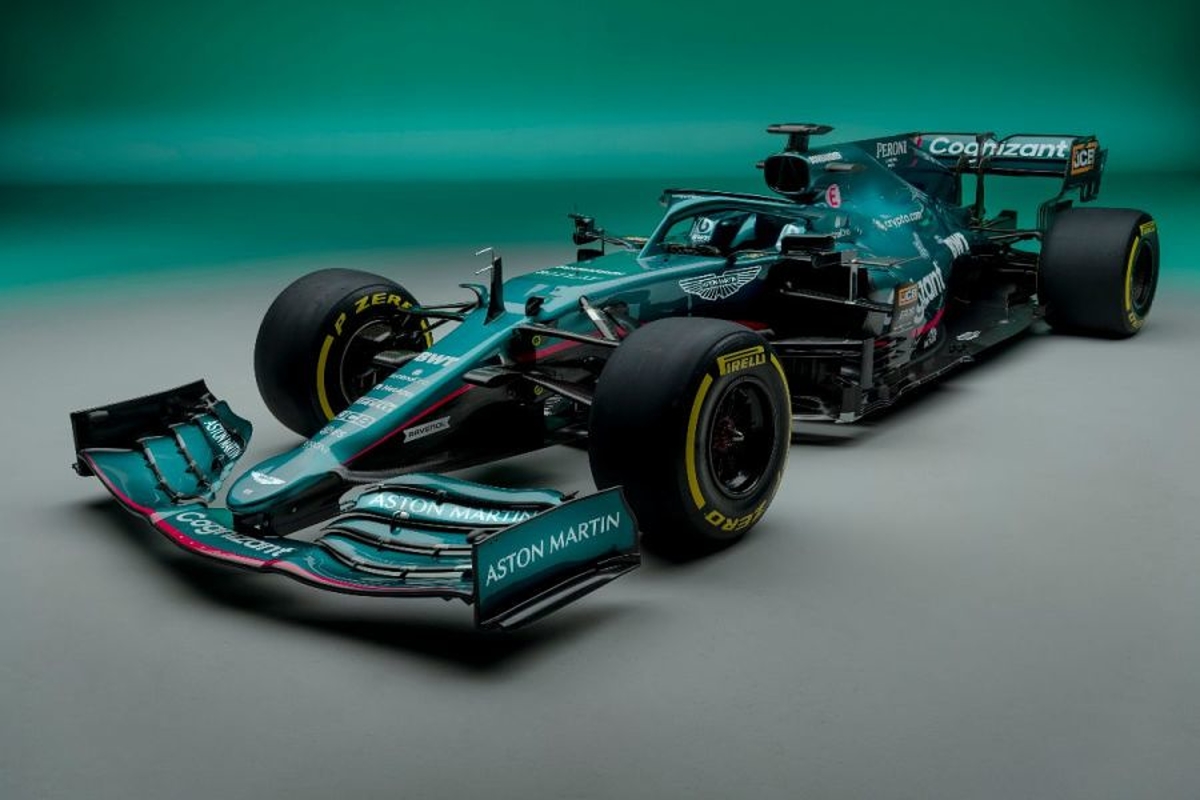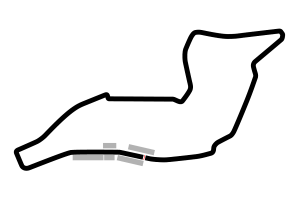Aston Martin technical director Andrew Green believes the switch to the 2020-spec of Mercedes rear-end may pay dividends during Formula 1's stop-gap season.
The team has been able to evolve its design in line with the sporting regulations that stipulate a 'customer team' can receive a supply of year-old parts in some cases.
Despite falling foul of the intricacies of these rules last season, Aston Martin has taken up its option of upgrading from 2019 to 2020 parts.
It is something Green believes may be of use within the rule changes surrounding the rear of the car this season.
"All I can say is that it didn't hurt, which was our biggest concern, that we had already committed to the 2020 suspension and gearbox before the regulations changed," said Green.
"There was a concern that it was potentially going in the wrong direction. But it soon became apparent that at a minimum it complimented them and it turned out to be a non-issue in the end."
Explaining the difficulties of adapting to the new regulations aimed at cutting downforce levels, Green continued: "It was a big challenge, mainly due to the lateness of the change.
"I think there were two changes. The first one took the car a step back and the second one, again further. It has been a challenge over the winter to recover.
"I don't think we are where we would like to be but everything is relative so we will wait and see. We are happy with what we have done so far, there is still more to go. We have given ourselves a solid foundation to work off of."
With such emphasis on the rear of the car within the new aerodynamic regulations, many teams have been secretive at their car launches.
McLaren sported a dummy floor, Mercedes shielded its design completely, whilst the Red Bull RB16B has yet to officially be seen.
With two development tokens available to each team, Aston Martin focused on a chassis change although Green would not be drawn into why this area was chosen.
On the integration of the Mercedes elements, he added: "I think for the rear-end and the gearbox, it is something that has been planned for a long time.
"So it had a lot of warning and a lot of data upfront on what the rear-end looked like, so the integration started relatively early for this year's car.
"So it wasn't a shock. We had plenty of time to plan for it. We had plenty of time to develop around it. I would say we adapted the car to suit.
"The good thing is is that it moves us in the direction we wanted to go anyway, which is great. We haven't run the car yet so we cannot say whether it will be seamless but so far, it has been absolutely fine."
Related















































 Grand Prix du Canada 2025
Grand Prix du Canada 2025  Grand Prix of Austria 2025
Grand Prix of Austria 2025  Grand Prix of Belgium 2025
Grand Prix of Belgium 2025  Grand Prix of Hungary 2025
Grand Prix of Hungary 2025  Grand Prix of Azerbaijan 2025
Grand Prix of Azerbaijan 2025  Grand Prix of Singapore 2025
Grand Prix of Singapore 2025  Gran Premio de la Ciudad de Mexico 2025
Gran Premio de la Ciudad de Mexico 2025  Grande Prêmio de São Paulo 2025
Grande Prêmio de São Paulo 2025  Qatar Grand Prix 2025
Qatar Grand Prix 2025  Grand Prix of Abu Dhabi 2025
Grand Prix of Abu Dhabi 2025 